Alice Hamilton was the leading expert of occupational health and industrial toxicology at the height of her career, but she traveled a long, hard road to get there. Hamilton was born in 1869 and grew up in Fort Wayne, Indiana. Her grandfather had made money in the railroad industry, and the family was well off, but that didn’t mean that little Alice had everything she wanted. Her parents homeschooled her and her siblings primarily in language and literature. They did not agree with public schools that put so much emphasis on science, history, and math. Also, the Hamiltons lived a rather isolated life, which inspired her dreams of becoming a doctor: She wanted the freedom to go wherever she pleased, and a career in medicine would allow her to work anywhere. Hamilton would eventually travel the country, pursuing research and helping those working in dangerous industries.
In order to pursue medicine, Hamilton needed to overcome her lack of science education. She studied physics, chemistry, and biology first with a local high school teacher, and then at smaller medical schools before applying to the University of Michigan. It was there that Hamilton discovered that practicing medicine didn’t truly suit her and instead decided to go into science and research. Hamilton traveled to Germany to study bacteriology and pathology, where she was eventually allowed to attend classes after overcoming the policies barring women from entry.
After returning to the United States, Hamilton took a teaching position at the Women’s Medical School of Northwestern University in Chicago and lived at Hull House, where she would return time and time again to help the local community. As the immigrant population burgeoned in cities, settlement houses like Hull House grew popular in the late 19th century, as they offered a variety of classes, healthcare, and childcare to urban communities. When she wasn’t teaching, Hamilton got to know the urban, low-income communities of industrial Chicago. She started a clinic for infants and young children that provided baths and advised new mothers. It was in Chicago that Hamilton first encountered industrial disease and was inspired to look into the causes and treatments.
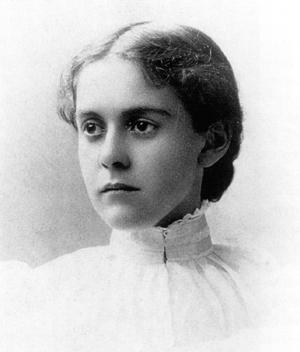
First Report
In 1908, Hamilton published her first report on occupational disease, one of the only sources available on the subject in the United States. Her work caught the attention of those in the field, and she was appointed to the new Occupational Diseases Commission of Illinois in 1910. Over the course of the next year, the commission studied the high mortality rates of lead poisoning in various industries. Hamilton investigated enamelware, rubber, and paint production, all using lead, for the source of the deaths. The many cases of “wrist drop” or wrist paralysis instigated many of her investigations, but lead poisoning can also cause anemia, fatigue, infertility, convulsions, and senility. During her year on the commission, Hamilton went all over the city looking for the industrial uses of lead. She learned manufacturing processes on the fly in order to identify places where lead dust or vapors were being created. It was hard, frustrating work, but Hamilton found it rewarding and exciting to be involved in such a new field of medicine.Hamilton did not stop with just the state of Illinois. She went on to work for the U.S. Department of Commerce under the Commissioner of Labor, Charles Neill. Neill wanted Hamilton to branch out her investigations to all over the country. During this time, Hamilton learned to look for a “lead-line,” a deposit of black lead sulfide that built up under the gums of workers who breathed in lead regularly. Over the next decade, she traveled the country, investigating not only lead poisoning but also death due to carbon monoxide, benzene, mercury, hydrogen disulfide, and more.
All of Hamilton’s work for the Commissioner of Labor was done with no salary and very little support—except the government’s promise to buy her final report. The economy at the time was based in laissez-faire, meaning the government did not over-regulate businesses and could not devote many resources to investigating their practices. But Hamilton did not shy away from the work that needed to be done. She favored “shoe leather epidemiology” and would personally visit suspected factories and search through extensive hospital records in order to make connections between industry and illness. Her work gained international recognition.
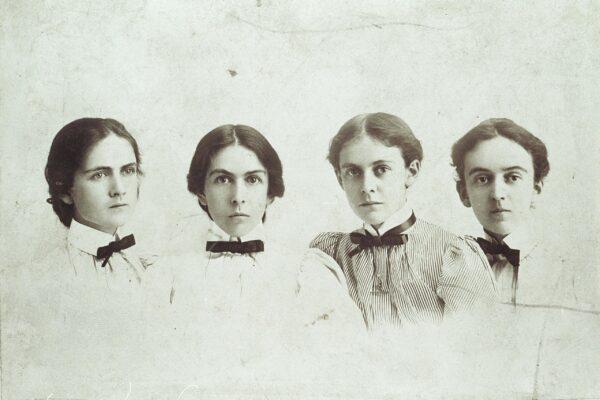
Alice Hamilton’s work shone a much-needed light on the dangers of industrial work, but that didn’t mean businesses always listened to her. She was working in a new and unheard-of medical field. At a time when industrialization was extremely profitable and factory owners sometimes put greed before their workers’ health, her efforts were largely ignored. At the outset of her career, Hamilton believed that factory managers were merely ignorant of the dangers and personally tried to persuade them to adopt safer practices. Some, such as employer Edward Cornish, listened and improved the working conditions for their employees, but often her warnings were ignored. As a result, she hoped for government intervention, but Hamilton later commented that over the course of the 25 years from when she started in the field, almost no progress had been made when it came to industrial safety legislation. That being said, her work did inspire some state laws that required regular medical examinations for workers and basic safety gear for the smelting of hazardous metals.
Hamilton died in 1970, at 101 years old, just a few months before the United States government passed the Occupational Safety and Health Act. This created the Occupational Safety and Health Administration under the Department of Labor, which works with the private sector to ensure and support safety regulations and provide necessary health information to employers and employees. Additionally, an occupational safety laboratory in Cincinnati, Ohio, is named in Hamilton’s honor, and the National Institutes for Occupational Safety and Health offer an award each year in her name to scientists who have made great contributions to industrial toxicology and occupational safety. They are continuing the work started by Alice Hamilton over a century ago, who strove tirelessly for the health and safety of the blue-collar workers of the country.

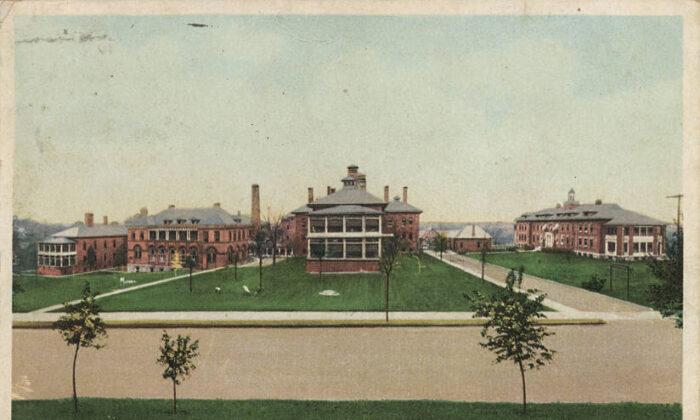

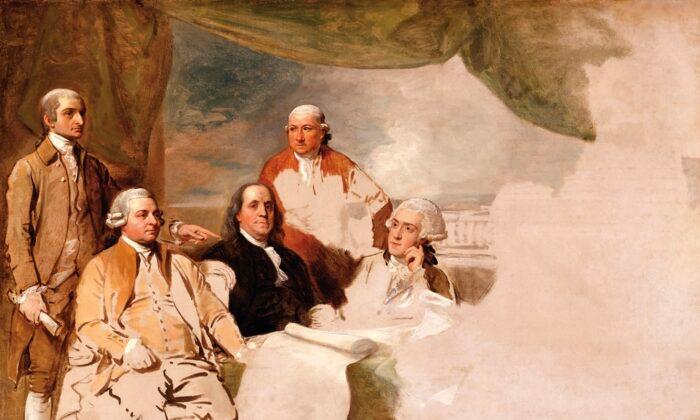
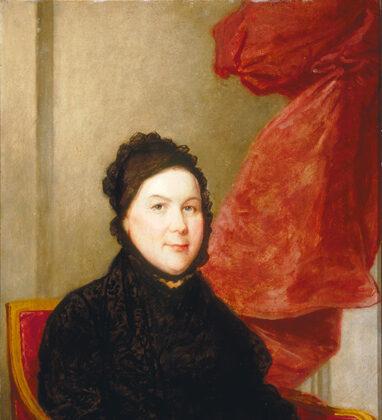
Friends Read Free